Blog
Jewellok is a professional pressure regulator and valve manufacturer and supplier.
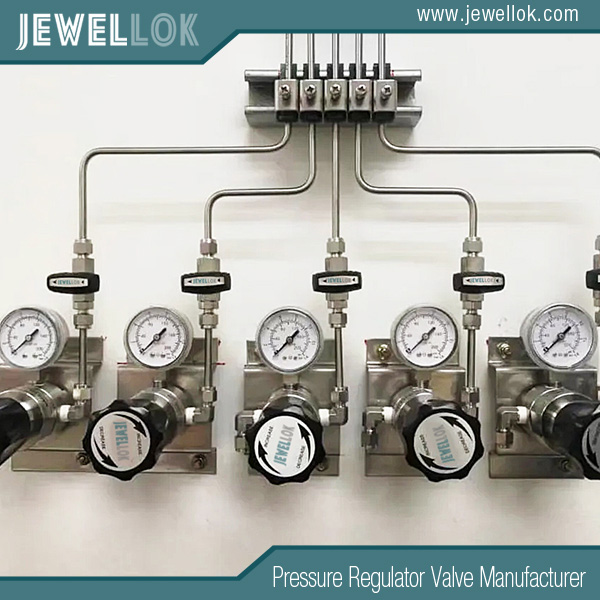
Understanding Series Single-Stage Backpressure Regulators: How They Work and Why They’re Essential
- Pressure Regulator Valve Manufacturer
- 1 1 2 gas pressure regulator, 1 2 gas regulator, 1 2 propane regulator, 1/2 gas pressure regulator, 12v electric valve, adjustable propane pressure regulator, adjustable propane regulator, argon gas pressure regulator, Diaphragm Valve Manufacturers, electric water valve, gas regulator, gas used in semiconductor chip manufacturing, High Flow Pressure Regulators, high pressure argon regulator, high purity regulator, how a regulator works, industrial regulators, lab fittings exporter, low pressure regulator, pressure regulator, pressure safety valve vs relief valve, propane pressure regulator valve, relief valve and safety valve difference, relief vs safety valve, safety valve and relief valve difference, safety valve vs relief valve, single-stage backpressure regulator, single-stage backpressure regulator factory, single-stage backpressure regulator hotsale, single-stage backpressure regulator manufacturer, single-stage backpressure regulator supplier, single-stage backpressure regulator wholesale, stainless pressure regulator, what is a gas pressure regulator
- No Comments
Understanding Series Single-Stage Backpressure Regulators: How They Work and Why They’re Essential
Regulators play an essential role in maintaining the required pressure within fluid and gas control systems. One crucial component is the series single-stage backpressure regulator, designed to help control the pressure of gases and liquids by maintaining a constant downstream pressure, regardless of fluctuations in the upstream supply. Whether in industrial applications, medical devices, or laboratory setups, these regulators ensure consistent performance by stabilizing pressure within a system.
This post will explore the functionality, applications, advantages, and considerations when selecting a series of single-stage backpressure regulators. We’ll also dive into how they work, how to maintain them, and what sets them apart from other types of pressure regulators.
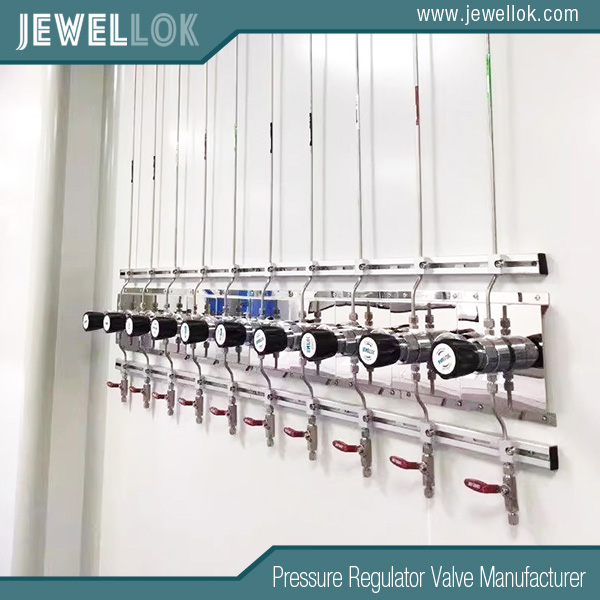
What is a Series Single-Stage Backpressure Regulator?
A series single-stage backpressure regulator is a device that automatically controls the pressure in a system to prevent it from rising above a pre-set limit. This regulator operates in a single stage, meaning it performs the pressure regulation process in one step instead of multi-stage regulators that progressively reduce pressure in stages.
- Backpressure regulatorsare designed to maintain a set pressure in the downstream portion of a system, controlling the flow of gas or liquid in response to fluctuations in upstream pressure.
- The single-stagedesignation means the regulator relies on a single valve to maintain the target pressure.
These regulators are commonly used in gas systems, liquid control applications, and industries where constant downstream pressure is critical, such as chemical processing, power plants, and laboratory environments.
Critical Components of a Single-Stage Backpressure Regulator
Before diving deeper into the applications, let’s break down the primary components that make up a single-stage backpressure regulator:
- The inlet portis where the gas or liquid supply enters the regulator.
- Outlet port: The point where the regulated gas or liquid exits the regulator, maintaining the downstream pressure.
- Spring-loaded valve: The heart of the regulator that controls the opening and closing, thereby maintaining pressure.
- Diaphragm or piston: Works with the valve to sense the downstream pressure and adjust the valve accordingly.
- Adjustment screw: Used to set and fine-tune the target downstream pressure.
How Does a Series Single-Stage Backpressure Regulator Work?
Understanding how this regulator works is vital for selecting a suitable model for your system. Here’s how it operates:
- Gas or liquid enters the regulator through the inlet port.
- Pressure builds up within the system as fluid or gas flows into the regulator. The diaphragm or piston responds to this pressure, which is then transmitted to the valve.
- Regulation begins: When the pressure reaches the pre-set value (set via the adjustment screw), the spring-loaded valve closes or adjusts to limit further pressure increase.
- The outlet port ensures that the downstream pressure stays within the desired range as the regulator reacts to changes in upstream pressure. If the upstream pressure decreases, the valve opens slightly to allow more flow, maintaining a constant downstream pressure.
Applications of Series Single-Stage Backpressure Regulators
Due to its effectiveness and simplicity, the series single-stage backpressure regulator has widespread use across various industries. Here are a few typical applications:
- Gas Flow Control: In industrial settings like chemical plants, refineries, and laboratories, maintaining consistent gas flow is essential. The backpressure regulator ensures the pressure stays steady within the desired range, even as upstream conditions change.
- Laboratory Experiments: Precision and accuracy are crucial in laboratory settings, especially when dealing with sensitive experiments. Backpressure regulators ensure the pressure of the gas or liquid remains constant for accurate readings.
- Medical Oxygen Systems: These regulators maintain constant pressure for medical devices like ventilators in healthcare settings, particularly in medical oxygen supply systems.
- Water Treatment Plants: Water systems often require regulation to avoid overpressure that could damage pipes or equipment. Backpressure regulators help maintain system pressure within safe limits.
Advantages of Using a Series Single-Stage Backpressure Regulator
When comparing a series of single-stage backpressure regulators to other types, several advantages stand out:
- Simplicity: A single-stage regulator is simple to set up and maintain since it requires fewer components than multi-stage versions.
- Cost-effective: Typically, single-stage regulators are more affordable than multi-stage regulators because they use less complex technology.
- Compact Design: These regulators are generally more compact and ideal for limited-space applications.
- Quick Response Time: Single-stage regulators react more quickly to changes in upstream pressure, helping to stabilize downstream pressure almost immediately.
- Reliability: With fewer moving parts, single-stage regulators tend to have a longer lifespan and more excellent durability.
Considerations When Selecting a Single-Stage Backpressure Regulator
Choosing the proper series single-stage backpressure regulator requires careful consideration of several factors to ensure optimal performance:
- Flow Requirements: Determine the flow rate of gas or liquid needed in your system. Regulators are designed to work efficiently within specific flow ranges, so selecting one suited to your system’s needs is crucial.
- Pressure Range: Make sure the regulator can handle the pressure range of your system. Some backpressure regulators are designed for high-pressure systems, while others work best at lower pressures.
- Material Compatibility: Depending on the nature of the fluids or gases in your system, choosing a regulator made from materials compatible with those substances (e.g., stainless steel for corrosive fluids) is essential.
- Precision and Accuracy: High accuracy is necessary in some systems, especially laboratories or medical applications. Be sure to select a regulator with the precision required for your application.
- Maintenance: Consider how easy it will be to maintain the regulator. Regular servicing is necessary to ensure consistent performance over time.
Maintenance and Troubleshooting
To ensure the longevity and effectiveness of a single-stage backpressure regulator, regular maintenance and timely troubleshooting are essential:
- Regular Inspections: Check the diaphragm, spring, and valve for wear and tear. Over time, these components can degrade, affecting performance.
- Cleaning: Keep the inlet and outlet ports clean to prevent any debris or contamination from clogging the regulator and affecting performance.
- Leak Testing: Periodically perform a leak test to identify potential issues early on.
- Recalibration: If the regulator is not maintaining the desired pressure, it may require recalibration. The flow rate can typically be adjusted using the adjustment screw.
- Component Replacement: If any part of the regulator is damaged beyond repair, it is crucial to replace it quickly to avoid system failure.
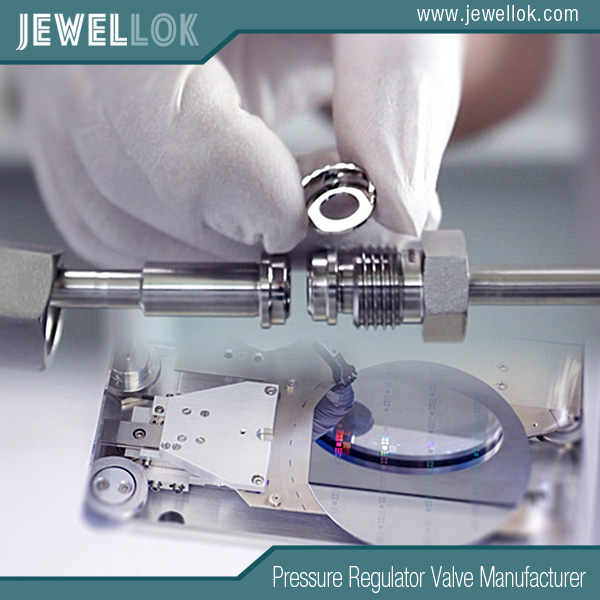
Conclusion
A series single-stage backpressure regulator is an essential component in a wide range of industries. It offers reliable and precise pressure control in a compact and cost-effective design. Whether controlling gas flow in an industrial plant, ensuring constant pressure in medical devices, or conducting sensitive laboratory experiments, this regulator provides the stability and precision needed for smooth operation.
By understanding this device’s key components, functionality, and applications, users can make informed decisions when selecting the proper regulator for their systems. Regular maintenance and careful troubleshooting can ensure the regulator’s longevity and effectiveness, making it a valuable tool in your fluid and gas control systems.
For more about understanding series single-stage backpressure regulators: how they work and why they’re essential, you can pay a visit to Jewellok at https://www.jewellok.com/ for more info.
Recent Posts
Tags
Recommended Products
-
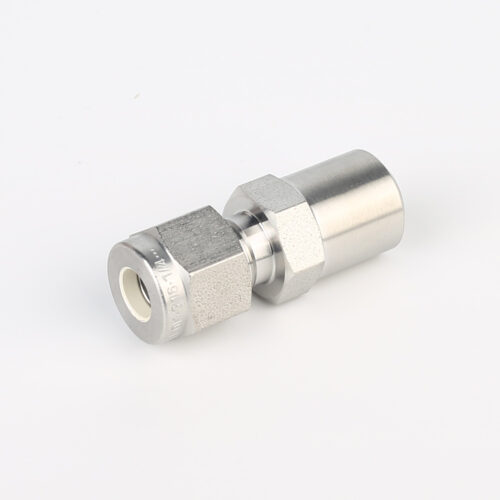
768LN Stainless Steel Male Pipe Tube Butt Weld Connector And Tube Fittings Supplier
-

768L Stainless Steel Male Tube Butt Weld Connector | Clean Weld Fittings And Ultra-High Purity Fittings
-
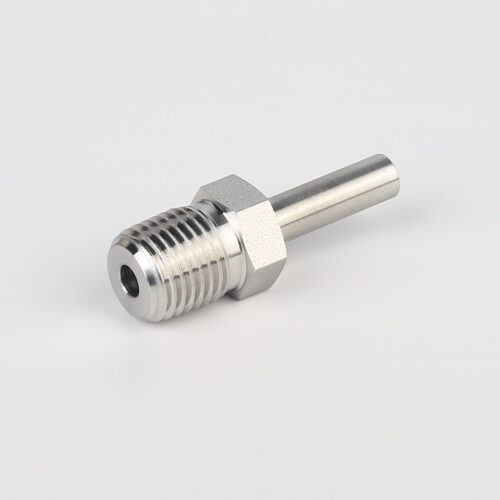
739 High Purity LMR Male Adapter Tube To Pipe Fittings And Adapters
-
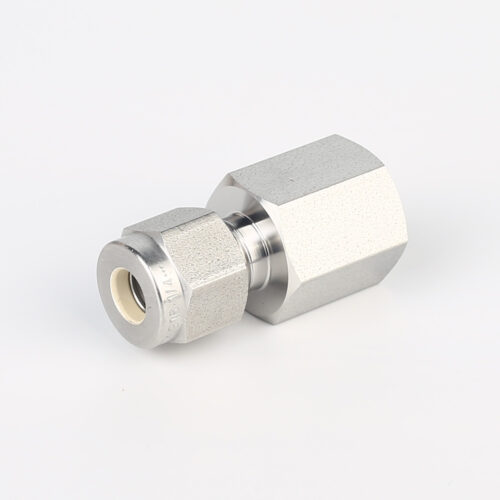
766L High Purity Female Connector UHP Fitting Female Connector
-
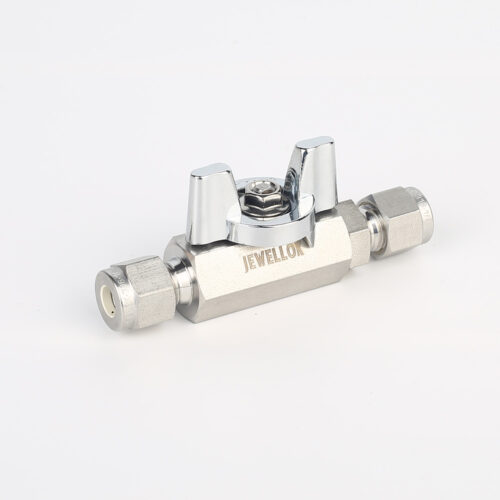
Stainless Steel High-Purity High Temperature Metal Seated Ball Valves JBV3 Series
-
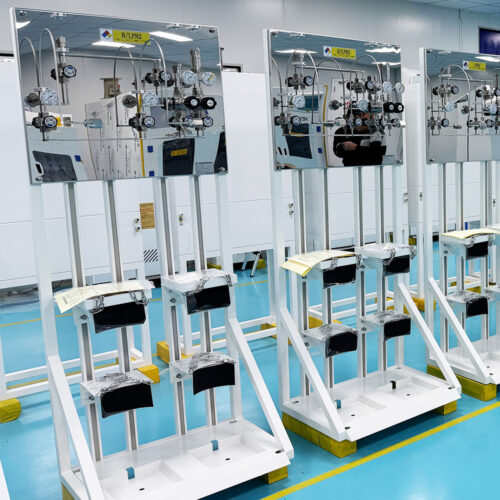
Manual Gas Rack High Purity Gas Delivery Systems JW-100-GR
-
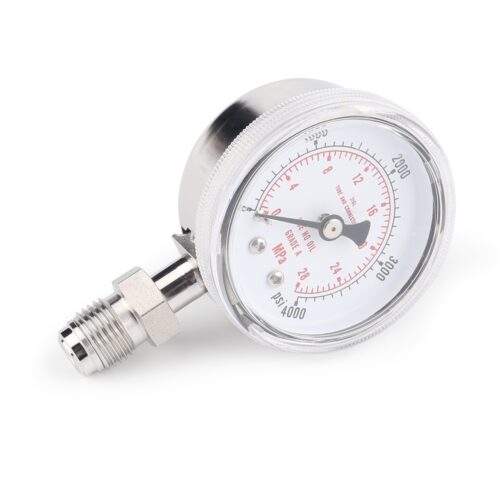
Ultra High Purity Oxygen Pressure Gauge For Semiconductor Gases JG Series Pressure Instruments For Semiconductor Manufacturing
-
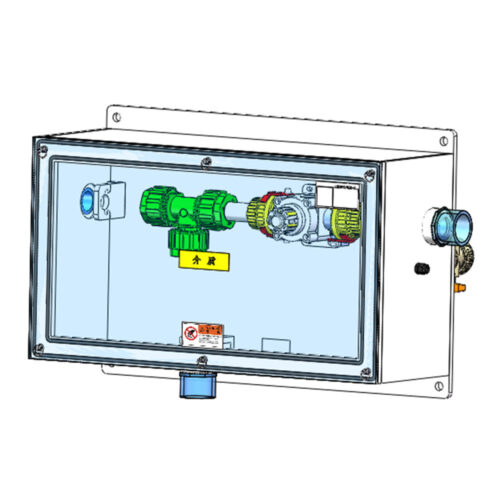
FT-BOX JW-FTB-C Valve Manifold Panels And Boxes With High Purity Configurable Systems